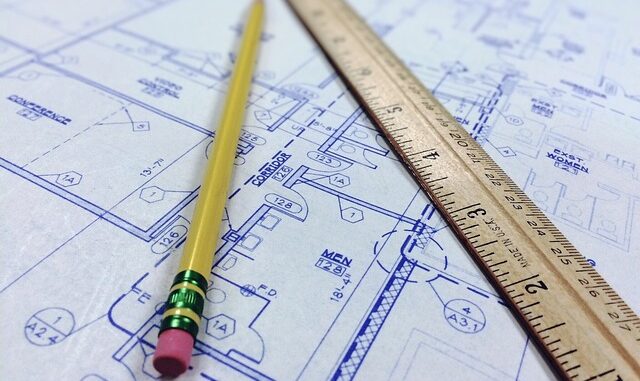
Summary
This article provides a comprehensive guide to maximizing the success of your property development project by effectively utilizing the expertise of an architect. It outlines the key steps involved, from initial consultations and design development to navigating regulations and managing the construction phase. By following these steps, you can ensure a smooth, efficient, and rewarding development experience.
Focus360 Energy: property compliance services – pre-planning to post-construction. Learn more.
Main Story
So, you’re thinking about building a property? Whether it’s a cozy home or a bustling commercial space, it can feel like climbing a mountain, right? That’s where an architect steps in; they’re not just about pretty drawings, but really, they can turn the whole process from a confusing mess into a smooth, even enjoyable, journey. Seriously, it’s true. Architects bring a heap of expertise, a splash of creativity, and a strategy that ensures your vision is what actually gets built. Plus, they keep you compliant with all the rules and regulations, which is a big deal. They maximize your investment too, all while making sure everything looks amazing.
Let’s break it down, so you can see how to best use an architect, and make the whole building thing easier, okay?
Step 1: Nail Down Your Vision.
Before you even pick up the phone, get crystal clear on what you want. What’s the building for? What will it need to do? What style are you leaning towards? Are there specific needs you have, like, say, a soundproof room, or a massive green roof? Think about how many rooms you need, the size, sustainability goals (super important these days!), and importantly, your budget. This detailed vision is like a compass for your architect, it keeps everyone on the same track.
Step 2: Find the Right Architect.
Now, this bit matters, it’s like finding a great mechanic. Get recommendations, ask friends who’ve built something, or even look at real estate professionals. Search online for architecture firms, check out their portfolios, especially look for similar projects to yours. You want someone whose style aligns with your vision, someone who’s got a proven track record. Because, let’s face it, experience counts, yeah?
Step 3: Have a Real Talk: Initial Consultation.
Once you’ve got a shortlist of architects, book those initial chats, it’s all about sharing! Explain your vision, your objectives, and your budget, don’t hold back! The architect will likely fire a load of questions back, it’s to see the possibility of your ideas. From that you’ll both make a detailed project brief, this is key. It will cover what exactly needs to be done, when and what you’ll get in the end.
Step 4: Design Time! (and Planning)
From the brief, the real fun starts. The architect starts creating designs, floor plans, maybe even a snazzy 3D model, so you can really see what’s coming. This part needs a lot of back and forth with your architect, tweaking things to make sure its exactly right. They’ll also handle all those pesky permits and approvals. Believe me, that takes a lot of stress away!
Step 5: Getting the Docs Ready and Bidding.
When you’re happy with the design, the architect prepares detailed construction documents. These documents, are very detailed, and guide the builders. They will also help you choose the right contractors and work out the costs, which can be a real headache otherwise.
Step 6: Oversight During Construction.
During the actual building phase, the architect is kinda like your personal supervisor. They’ll check on the work, making sure it matches the plans and specifications, and handle any problems that arise. The best thing? They’re the middleman, so you don’t have to stress about communicating with the contractors all the time.
Step 7: The Big Finish! Project Handover.
Once everything is done, the architect does a final check, just like you’d give a new car a thorough once over! If it’s all good, they’ll then hand over all the paperwork, any warranties – everything you’ll need to move in, or move in tenants!
By following these steps, you’ll be a lot better equipped to make the whole building planning experience go smoother. Honestly, engaging an architect early on, is the single best thing you can do for the project! They are experts at navigating those tricky regulations, making the best of your budget, and turning your vision into something you can actually touch, and isn’t that just awesome?


Be the first to comment